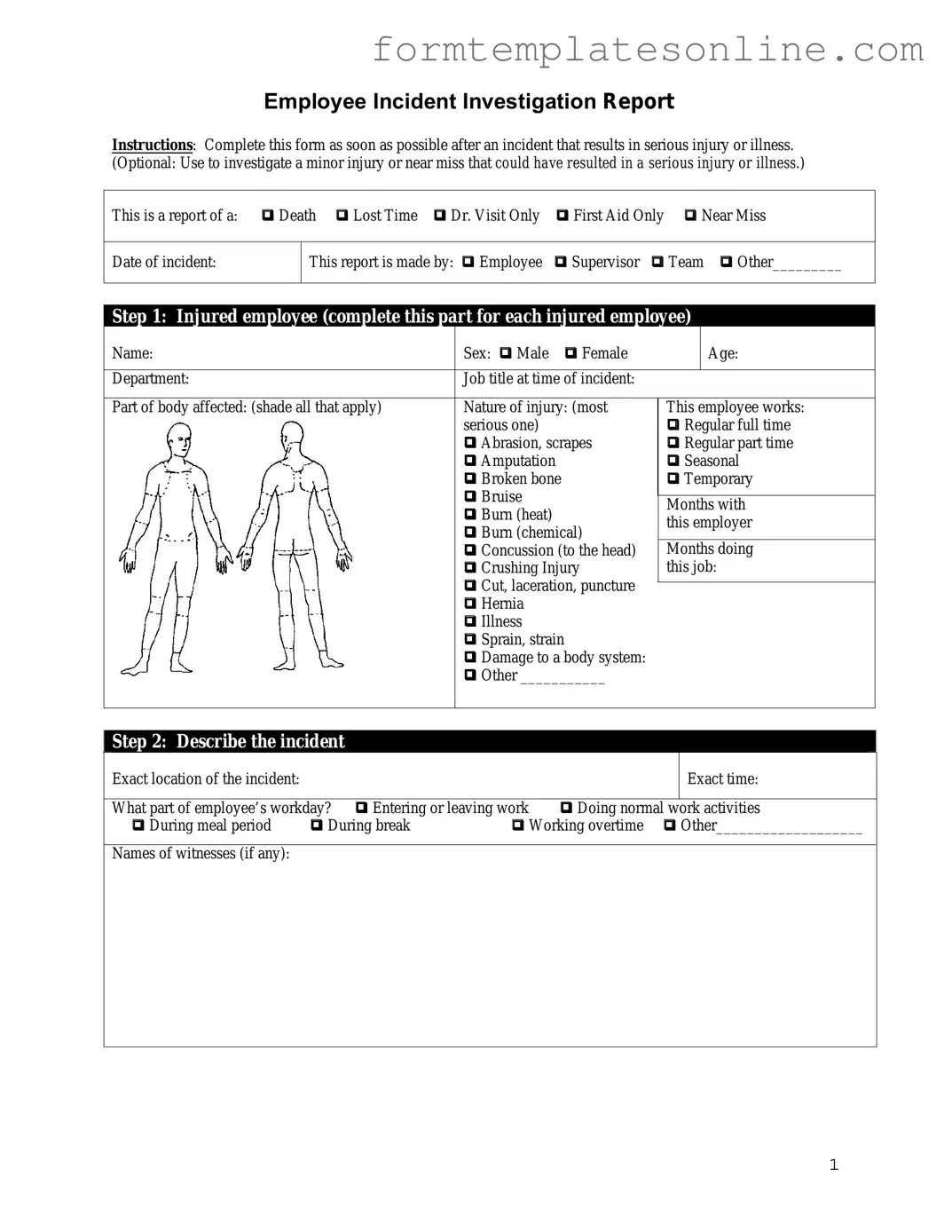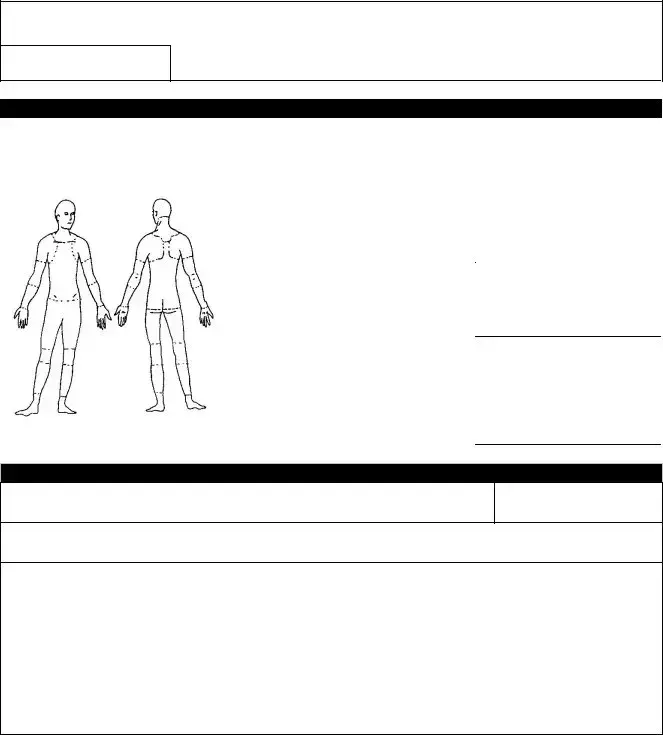Employee Accident Report PDF Form
The Employee Accident Report form is a crucial document used to record details surrounding workplace incidents that result in employee injuries. This form serves as a vital tool for employers to understand the circumstances of accidents and to implement measures aimed at preventing future occurrences. By accurately documenting these events, organizations can enhance workplace safety and ensure compliance with relevant regulations.
Customize Employee Accident Report



